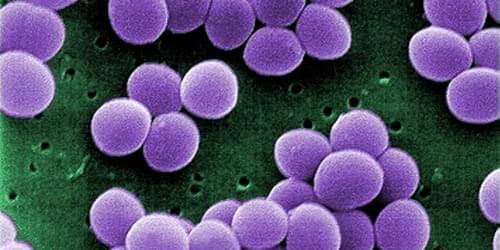In 1940, 12 years after Alexander Fleming discovered penicillin, microbiologists made a concerning discovery: a strain of the bacteria Escherichia coli had developed resistance to the new, life-saving drug. Antibiotic resistance of disease-causing bacteria is now a global problem, with bacteria continually evolving mechanisms that prevent such drugs from killing the organisms or inhibiting their growth. Now Vanderlei Bagnato of the University of São Paulo and his colleagues have developed a light-based approach that could help reduce this trend in a Staphylococcus bacterium that can cause skin infections and pneumonia [1]. The researchers presented their technique at the recent SPIE Photonics West 2024 conference in San Francisco.
If the current trend continues, epidemiologists predict that the number of people infected by antibiotic-resistant bacteria will reach 225 million worldwide by 2030. By 2050 these bacteria will cause 10 million deaths annually. Studies show that infections acquired in hospital are increasingly prone to this problem. “People are dying every day in [intensive care wards] from resistant bacteria. If someone acquires pneumonia, and antibiotics don’t work, they’re in trouble,” Bagnato says.
One route to tackling antibiotic resistance is to develop new drugs, which is a costly process. Another route—and one that is becoming increasingly popular—is to inhibit antibiotic-eluding mechanisms that a bacterium develops as it evolves. This inhibition can be achieved using light, a process those in the field call photodynamics, and the route Bagnato and his colleagues have taken. “We’re using photodynamics to reverse resistance so that antibiotics can act again,” he says.
